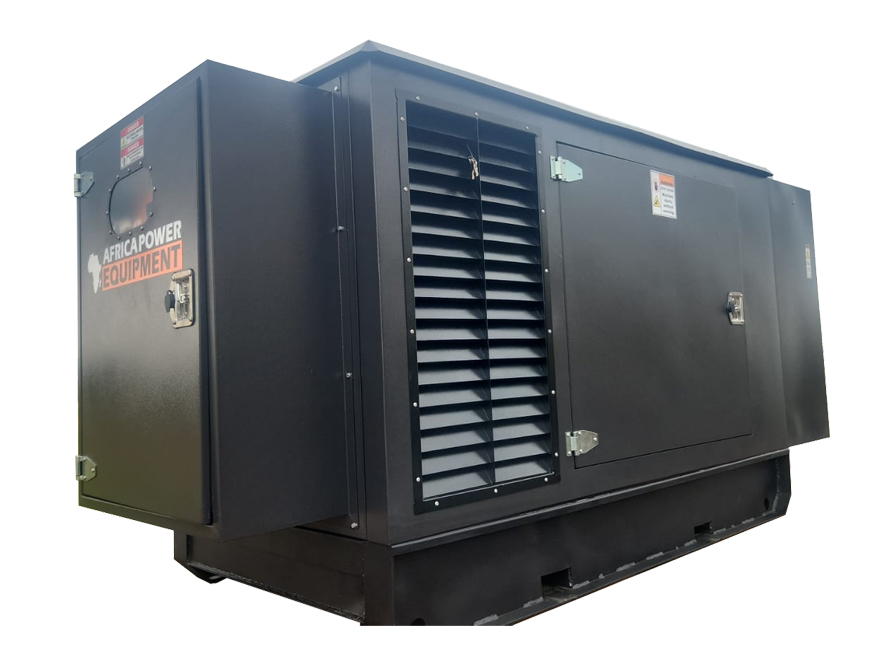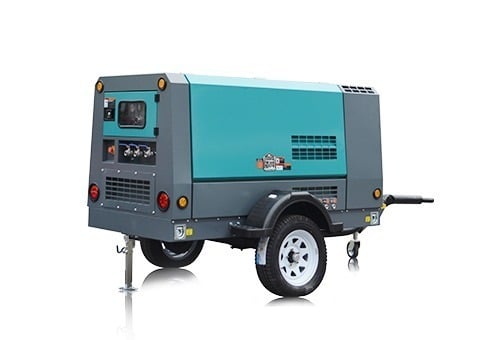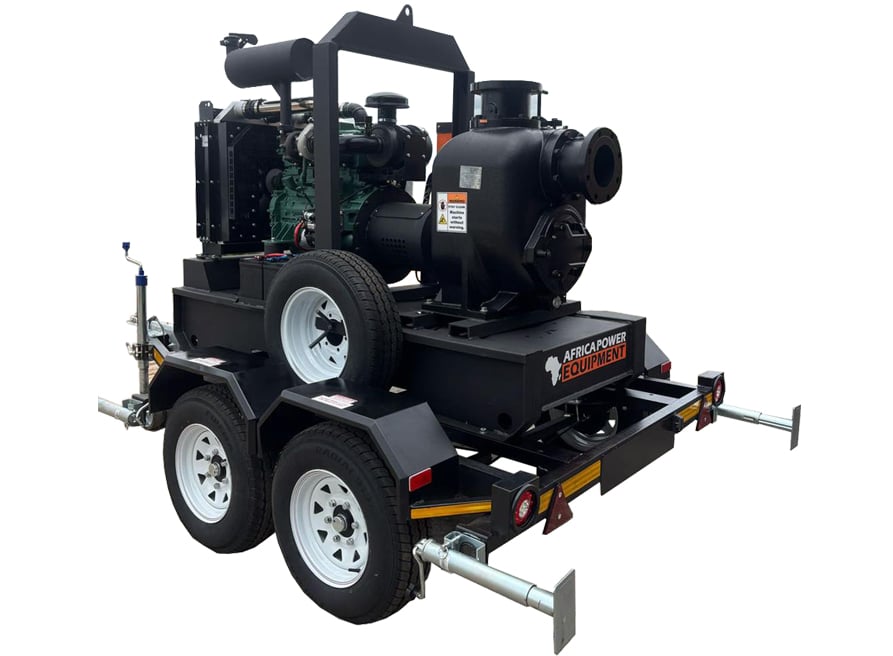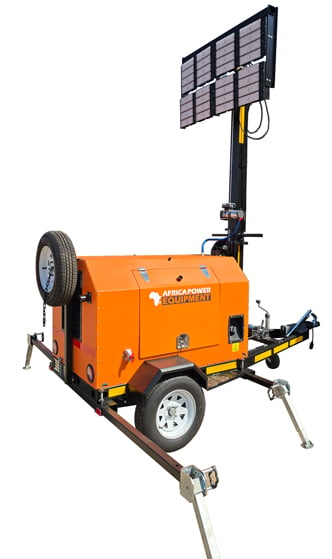A Step-by-Step Guide to Installing a Home Water Booster Pump
Low water pressure can turn simple tasks like showering or washing dishes into a frustrating experience. Whether you live in a double-storey home, a large property, or rely on municipal supply with weak pressure, a booster pump can dramatically improve your water flow. In this article, we’ll walk you through everything you need to know about installing a booster pump in your home.
🟢 Quick Answer
To install a booster pump in your home, connect it to your incoming water supply (usually after the main shut-off valve or tank), install a pressure switch or flow sensor, and ensure it has access to electrical power. For best results, hire a licensed plumber and electrician to ensure safety and compliance.
💧 What Is a Water Booster Pump?
A booster pump increases water pressure and flow rate in homes or buildings where existing pressure is too low. It can be installed directly on municipal water lines, storage tanks, or in systems with gravity-fed water.
Common Applications:
-
Homes with weak municipal pressure
-
Multi-story buildings
-
Homes using water storage tanks
-
Irrigation systems
🛠 Tools & Equipment You’ll Need
-
Booster pump unit (with pressure switch or controller)
-
Pipe cutter or wrench
-
Non-return/check valve
-
Pressure gauge (optional but recommended)
-
Pipe fittings (PVC, copper, or PEX depending on your system)
-
Electrical outlet or connection point
-
Teflon tape and plumbing sealant
-
Isolation valves
📍 Step-by-Step Installation Process
1. Choose the Right Location
Select a dry, accessible location close to the main water line—typically near your pressure tank or water meter.
✅ Tip: Mount on a solid base (e.g., concrete floor or platform) to reduce vibration.
2. Shut Off the Main Water Supply
Turn off the municipal or tank supply line and drain the water lines to avoid spillage.
3. Install Inlet and Outlet Piping
-
Connect the inlet side of the booster pump to your main water line or pressure tank.
-
Install a non-return valve on the inlet to prevent backflow.
-
Connect the outlet side to your household water system or storage tank.
🛡 Safety Tip: Use isolation valves before and after the pump for easier maintenance.
4. Connect Electrical Power
-
Use a dedicated electrical circuit with proper grounding.
-
Many booster pumps include a pressure switch, which starts/stops the pump based on demand.
-
For automatic operation, install a flow sensor or electronic pressure controller.
⚠️ Important: Always have a licensed electrician handle electrical connections to avoid hazards.
5. Prime the Pump (If Required)
Before turning it on, fill the pump housing with water (if it’s not self-priming). Follow manufacturer instructions carefully.
6. Test the System
Turn the water back on and plug in the pump. Check for leaks, monitor pressure levels, and ensure the pump starts and stops automatically based on water usage.
7. Monitor Pressure Settings
Most booster pumps operate between 2–4 bar of pressure. Adjust the pressure switch or controller to your ideal range.
🧰 Installation Diagram Suggestion
Image Description:
A labeled diagram showing a home water booster pump connected between a water tank or municipal line and household plumbing, including a check valve, pressure gauge, and controller.
🔗 Internal Linking Opportunities
❓ FAQs
Q: Can I install a booster pump on municipal water?
A: Yes, but it’s recommended to use a break tank to avoid direct suction from the municipal line, which may be restricted in some areas.
Q: Does a booster pump need a pressure tank?
A: It depends on the model. Some systems work well with a tank, while newer electronic-controlled pumps work without one.
Q: How much does a booster pump installation cost?
A: In South Africa, the average cost ranges from R3,000 to R8,000, depending on pump type and complexity.
⚙️ Best Practices and Maintenance Tips
-
Inspect for leaks monthly
-
Clean pump filters regularly
-
Ensure electrical connections remain dry and secure
-
Avoid dry running by installing float switches if drawing from a tank
-
Service the pump annually for optimal lifespan
🏡 Who Should Install a Booster Pump?
While DIY installation is possible for those with plumbing and electrical experience, we recommend hiring a professional for:
-
Ensuring compliance with local water regulations
-
Preventing incorrect installations that can damage plumbing
-
Guaranteeing electrical safety
Need help boosting your water pressure?
👉 Shop high-quality home booster pumps or request an installation at Africa Power Equipment





